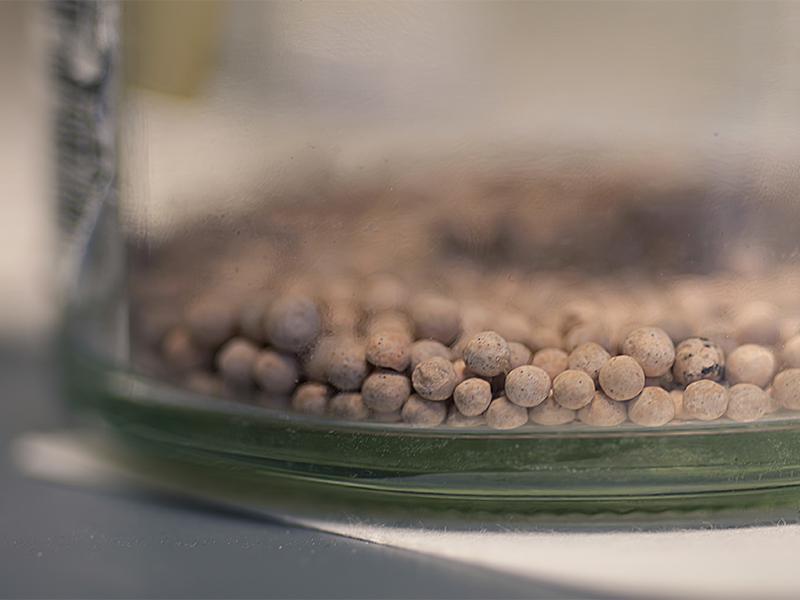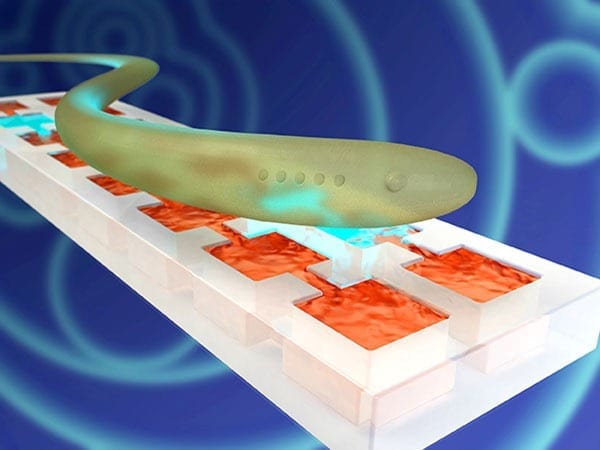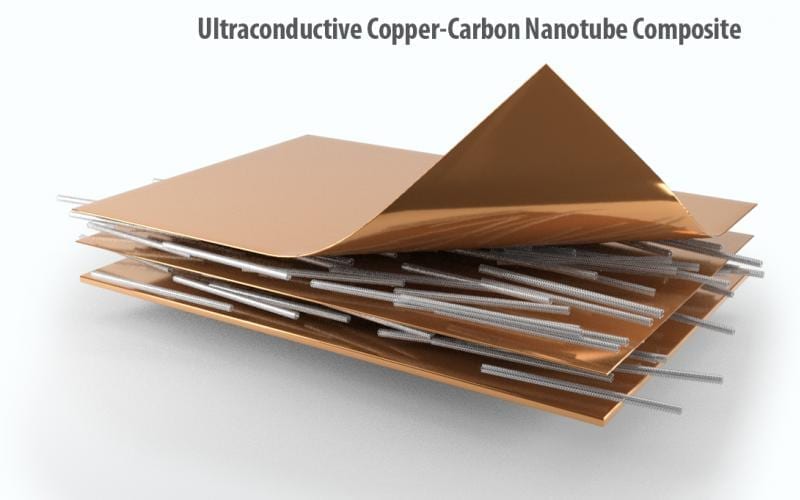
Scientists have learned how to use magnetic fields to navigate tiny, soft robots through the human body. The finding could lead to less-invasive treatments for things like blocked arteries.
Magnetic fields allow for wireless, faster, less invasive delivery, study finds
Researchers have found a way to send tiny, soft robots into humans, potentially opening the door for less invasive surgeries and ways to deliver treatments for conditions ranging from colon polyps to stomach cancer to aortic artery blockages.
The researchers from The Ohio State University and the Georgia Institute of Technology detailed their discovery, which makes use of the ancient Japanese practice of origami, in a study published Sept. 14 in the Proceedings of the National Academy of Sciences.
Under this system, doctors would use magnetic fields to steer the soft robot inside the body, bringing medications or treatments to places that need them, said Renee Zhao, corresponding author of the paper and assistant professor of mechanical and aerospace engineering at Ohio State.
“The robot is like a small actuator,” Zhao said, “but because we can apply magnetic fields, we can send it into the body without a tether, so it’s wireless. That makes it significantly less invasive than our current technologies.”
That soft robot is made of magnetic polymer, a soft composite embedded with magnetic particles that can be controlled remotely. Robotic delivery of medical treatment is not a new concept, but most previous designs used traditional robots, made of stiff, hard materials.
The “soft” component of this robot is crucial, Zhao said.
“In biomedical engineering, we want things as small as possible, and we don’t want to build things that have motors, controllers, tethers and things like that,” she said. “And an advantage of this material is that we don’t need any of those things to send it into the body and get it where it needs to go.”
The soft origami robot in this case can be used to deliver multiple treatment selectively based on the independently controlled folding and deploying of the origami units. The origami allows the material to “open” when it reaches the site, unfurling the treatment along with it and applying the treatment to the place in the body that needs it.
This origami-style delivery of medication is also not new, but because previous designs relied on more cumbersome, bulky ways of activating or opening the origami to deliver the medication, those deliveries were often slow. Some did not allow for medication to be delivered to a pinpointed location in the body.
The soft robot, Zhao said, removes some of that bulkiness. The magnetic fields allowed the researchers, in the lab, to control the direction, intensity and speed of the material’s folding and deployment.
Researchers conducted this work in a lab, not in the human body. But the technology, they think, could allow doctors to control the robot from outside the body using only magnetic fields.
“In this design, we don’t even need any chip, we don’t need any electric circuit,” she said. “By just applying the external field, the material can respond itself — it does not need any wired connection.”
These findings may have applications beyond delivering medicine, said Glaucio Paulino, a co-author on the paper and professor and Raymond Allen Jones Chair in the Georgia Tech School of Civil and Environmental Engineering.
“We anticipate that the reported magnetic origami system is applicable beyond the bounds of this work, including future origami-inspired robots, morphing mechanisms, biomedical devices and outer space structures,” Paulino said.
The Latest Updates from Bing News & Google News
Go deeper with Bing News on:
Soft origami robot
- A magneto-pneumatic hybrid-driven soft actuator with bidirectional torsion
The ability of the human wrist to rotate around the forearm axis in 2 directions is crucial for many daily activities. This rotation, limited to a range of approximately [-90°, 90°], restricts the ...
- How 3D printers can give robots a soft touch
Soft skin coverings and touch sensors have emerged as a promising feature for robots that are both safer and more intuitive for human interaction, but they are expensive and difficult to make.
- Origami automaton: We only got 4 minutes to change the world of robotics
Then it springs up, almost lifelike, and folds into moveable parts much like origami art. And then it crawls away. This new kind of robot could someday be used in space exploration, to slide into ...
- Robotic interface masters a soft touch
Building on the RRL's trademark origami robot research, which has fueled spinoffs ... It also mimicked materials with both soft and firm attributes (such as a biscuit on top of a marshmallow ...
- Asymmetrical soft robots (IMAGE)
Researchers who created a soft robot that could navigate simple mazes without human or computer direction have now built on that work, creating a “brainless” soft robot that can navigate more ...
Go deeper with Google Headlines on:
Soft origami robot
[google_news title=”” keyword=”soft origami robot” num_posts=”5″ blurb_length=”0″ show_thumb=”left”]
Go deeper with Bing News on:
Magnetic origami system
- Company develops innovative magnetic train that can operate with existing infrastructure: 'An easily usable technology'
"We have demonstrated that our vehicle can levitate on an existing track." Company develops innovative magnetic train that can operate with existing infrastructure: 'An easily usable technology' first ...
- Rumor: Nintendo Switch 2 Could Have Magnetic Joy-Cons
A rumor claims that the next Nintendo console could have magnetic Joy-Cons, replacing the rail system used by the current Switch Joy-Cons.
- Nintendo Switch 2 Might Be Using Magnetic Joy-Con Controllers - Report
The Nintendo Switch successor is reportedly using magnetic Joy-Con controllers, and the Joy-Con controllers currently used with the Switch might not be backwards compatible with it.
- Large Hadron Collider experiment zeroes in on magnetic monopoles
The late physicist Joseph Polchinski once said the existence of magnetic monopoles is "one of the safest bets that one can make about physics not yet seen." In its quest for these particles, which ...
- Nintendo Switch 2 leak reveals magnetic controllers and a larger size
Switch 2's new controllers will use a magnetic system for easier attachment, different from the current rail design. The console will be larger than the current Switch models, but smaller than a Steam ...
Go deeper with Google Headlines on:
Magnetic origami system
[google_news title=”” keyword=”magnetic origami system” num_posts=”5″ blurb_length=”0″ show_thumb=”left”]










